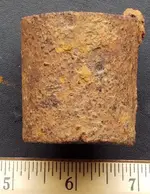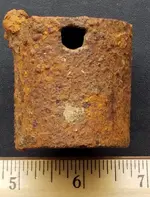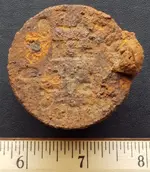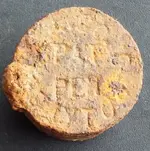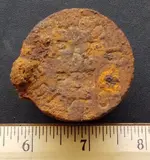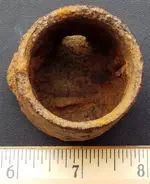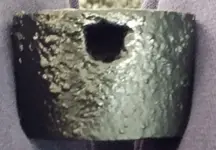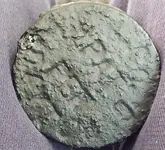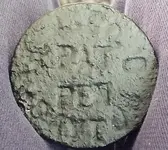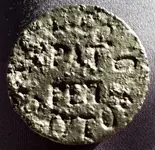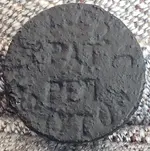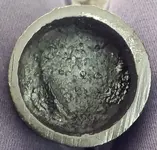invent4hir
Bronze Member
The possible cap pictured below was found at what was once a farm in SW Ohio - which was settled in the late 1790s-early 1800s. In the center of the first & second pictures the words "PAT PEN" appear. Along the bottom rim I think is "DAYTON". Along the top of the rim I see a few more letters, but unable to make out. Before donating it to a local museum I was hoping to narrow down what the artifact is and what it was used on.



